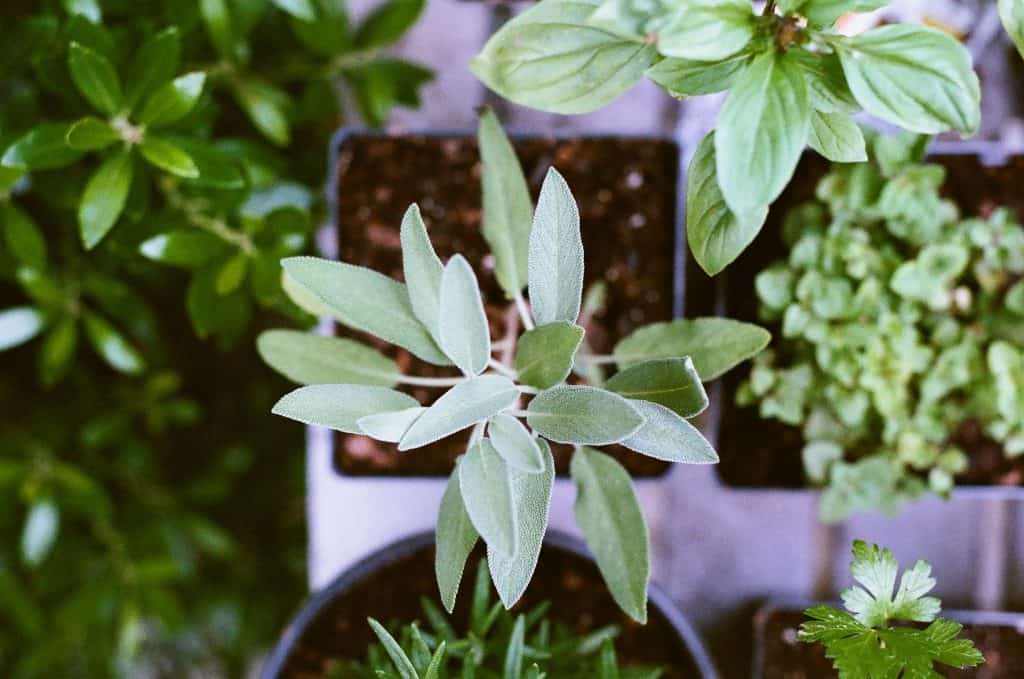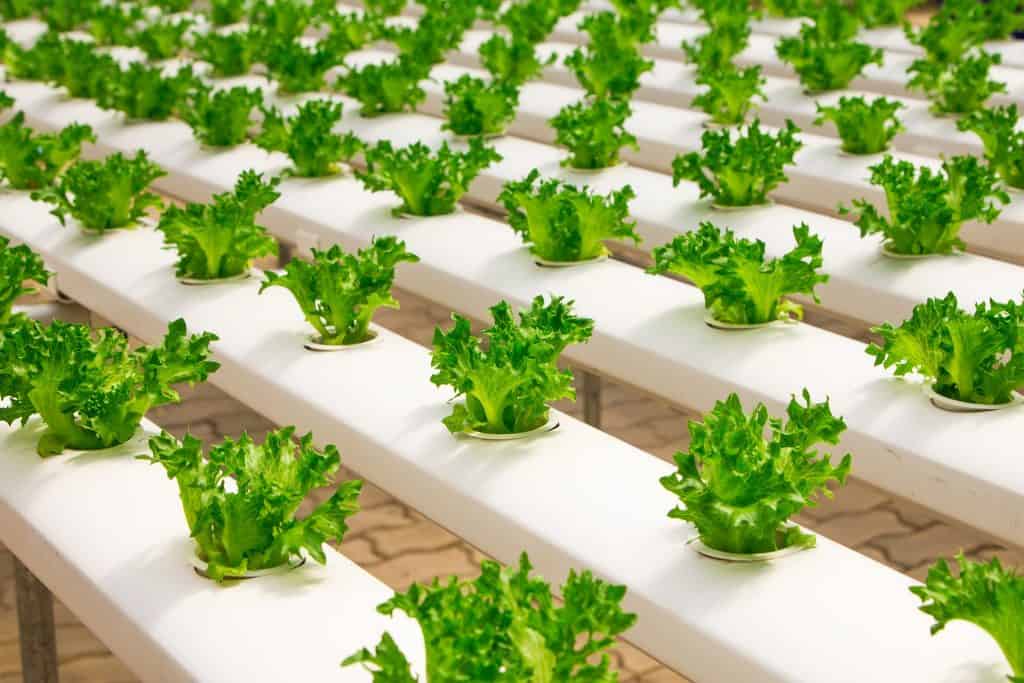How to Build a Greenhouse on a Budget
If you want to build a greenhouse on a budget, the DIY approach might be your best bet. Often, when you hire a company to put up a structure, you spend a substantial amount in labor costs. By getting your hands dirty, you can eliminate or reduce that expense dramatically.
However, that alone might not be enough to keep you on budget. If you need to spend as little as possible while still getting an amazing result, here’s a look at how to build a greenhouse without breaking the bank.
Research Legal Requirements First
Rules regarding whether you’ll need a building permit vary from one location to the next. Usually, if the structure isn’t considered “permanent,” it isn’t necessary. However, that isn’t always the case.
Additionally, there can be size considerations that dictate whether permits are necessary. Depending on where you want to put the greenhouse, you may have other building regulations to contend with, some of which could require an approved variance.
Before you start to build anything, do your research. Learn about building laws, permit requirements, and similar details in advance.
How does looking into these issues help you stay on budget? To put it simply, it ensures that you avoid costs that would otherwise arise if you break the law. For example, you could end up owing money in the form of fines if you don’t get the right permits or follow regulations. In the worst-case scenario, you could be forced to tear down your greenhouse by the city or county because you didn’t take the proper steps before building it.
Find Free Greenhouse Plans Online
Since you’re using the DIY approach, you are going to need plans. Ideally, you want more than just a schematic, as clear instructions that accompany any drawings can make the process easier. You have a guide that can keep you on target, and that can be critical to your success. Additionally, if you have to get a permit for your greenhouse, having formal building plans is usually a must.
Luckily, there are plenty of free options online. With a quick search, you can find tons of plans. Here are a few to consider:
- A barn-style greenhouse by Ana White, this plan includes photos, instructions, videos, a materials list, a tool list, and diagrams. This free greenhouse plan is for a barn-style greenhouse that will help you grow your plants while looking stylish with its sturdy corrugated metal and greenhouse plastic sides. The free greenhouse plan includes photos, diagrams, a materials and tools list, written instructions, and videos.
- This low-cost hoop house is perfect for budget gardeners. In fact, the total material cost is less than $50! Includes the steps to build it, materials needed, and photos to help guide you through the process.
- If you can get your hands on old wood framed windows, you can build a recycled window greenhouse. It requires a sturdier frame, but if you can also source some used 2x4s it makes a fun, quirky, and useful garden feature.
Just make sure you review them carefully before you begin. This is especially true if you have to respect building codes, as not all designs will work for your area as they are written.
Look for Free or Low-Cost Construction Materials
Finding free or low-cost construction materials isn’t always an option. But, if you are willing to do a bit of searching, it is possible.
For example, wood from old pallets might be a great resource. Try reaching out to smaller businesses in your area – especially independent landscaping, gardening, or home improvement stores – to see if they may have pallets available. You can also check with independent grocers or other businesses that might receive large shipments on pallets.
If there’s a nearby building under construction, you may be able to speak with them as well. They might have pallets, scrap materials, or partial containers of nails, screws, and similar items that won’t be used. If they are taking an older building down, there could be windows, doors, or similar pieces that the company might not try to save or donate, and they may be willing to let you have those as well.
Additionally, if you need low-cost materials, don’t neglect options like the Habitat for Humanity store. These thrift shops actually have construction materials and items like doors, windows, and trim. You might be able to find some great options to build a greenhouse, particularly if you don’t need a permit and can get a bit creative.
Consider a PVC Hoop Greenhouse
One of the most affordable greenhouse designs that typically won’t require a permit is a PVC hood greenhouse. It essentially involves bending PVC piping and creating a tunnel. Then, you cover that tunnel in a UV-resistant polythene film or similar robust, clear plastic.
There are plenty of free PVC hoop house designs online, representing a range of sizes. That means there’s a decent shot you can find the perfect one for you.
Additionally, since the materials are widely available, you create new opportunities to save. You can shop around at home improvement stores and retailers with plumbing materials sections. If you are lucky, you might even be able to time your purchase to a sale.
Use Multiple Mini Greenhouses
Sometimes, going with multiple mini greenhouses is more cost-effective than building one big one. Why? Because you might be able to avoid permits and you can use some unconventional approaches.
For example, clear plastic umbrellas, plastic bottles, plastic food containers, and similar items could all be used to create greenhouses of varying sizes. This allows you to make the most of the things you may already have and build mini greenhouses that can hold one to several smaller plants.
If you go the mini route, then you might be able to use some interesting methods for creating frames for plastic sheeting, too. For example, you could create a small hoop house or tent by cutting a hula hoop in half to craft a structure. That can be a surprisingly affordable approach.
Look for Free or Low-Cost Tools
Having the right tools for the job is as important as having the right materials. Tools you will want to have for this kind of project are: hammer, cordless drill, saw, screwdrivers, speed square, pencil, measuring tape, and probably a few other odds and ends. Unfortunately a lot of the tools can be expensive and often a waste if we only need to use them once.
Sourcing tools for free or low-cost is as easy as asking a friend. There are also a growing number of community tool libraries appearing around the country. Tool libraries are also a great source for inspiration and experience when you are beginning a new project as the other members are often more than willing to share their tips and tricks.
Another option for sourcing low-cost tools is a rental program. Many large hardware stores offer a rental program, often through their project desk or customer service. You can find more information online or by just walking in and asking.
Finally, if you do need to buy a tool, consider the resale value when you are done. For instance, you might need a table saw for this project but you plan to sell it afterwards. Before you buy, check the local online marketplaces to see how much similar table saws sell for. Then you can get an idea about the real cost of buying the saw: if you can get 60% of the cost back by selling it when you’re done, then you are only really spending the 40%.



